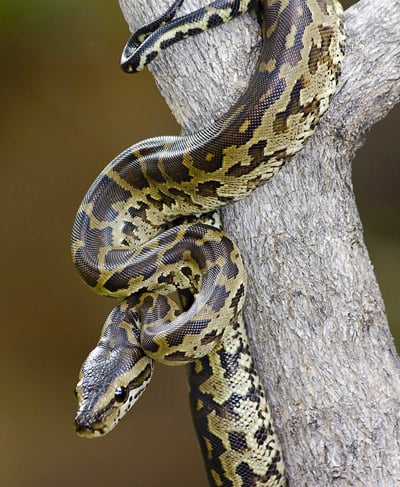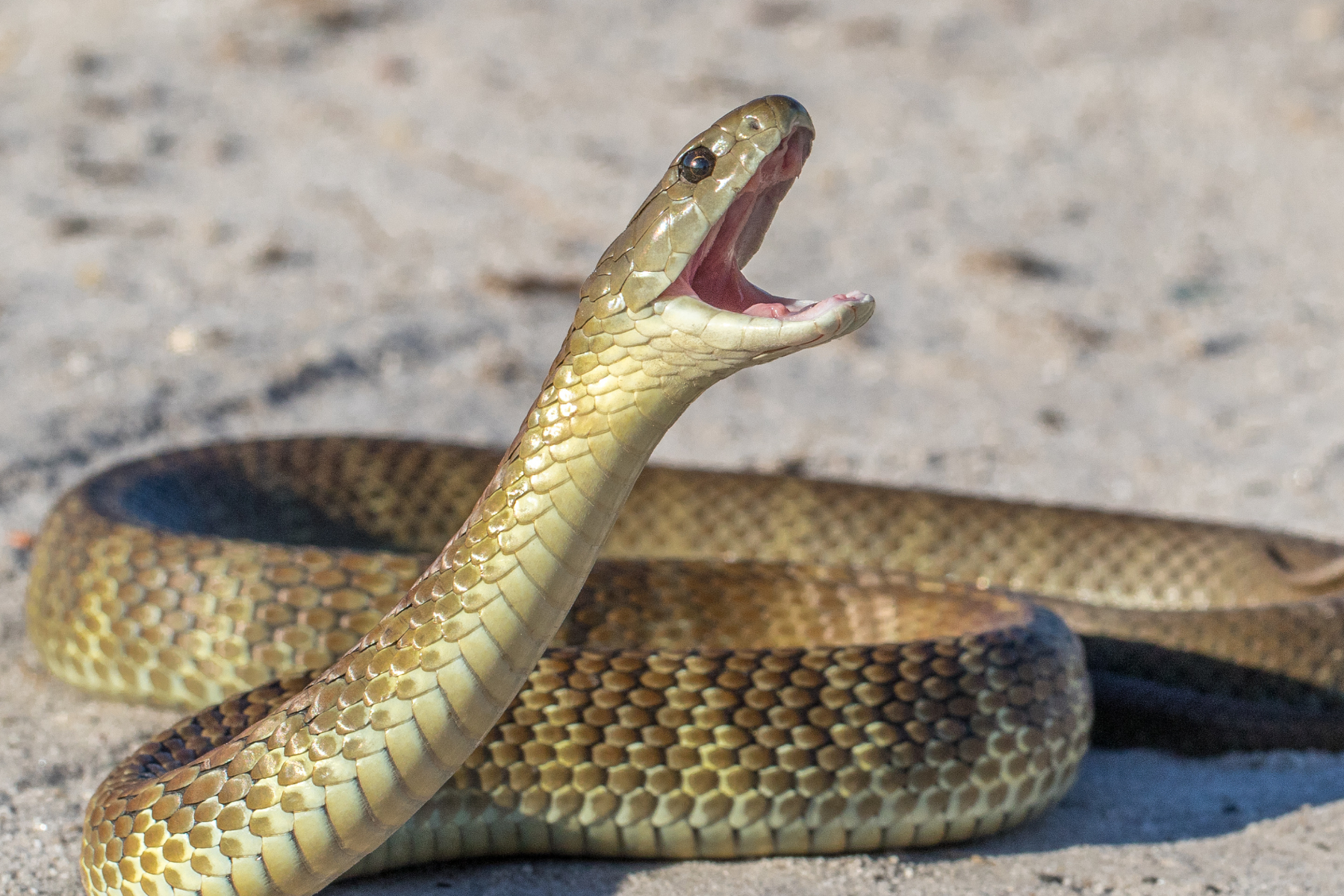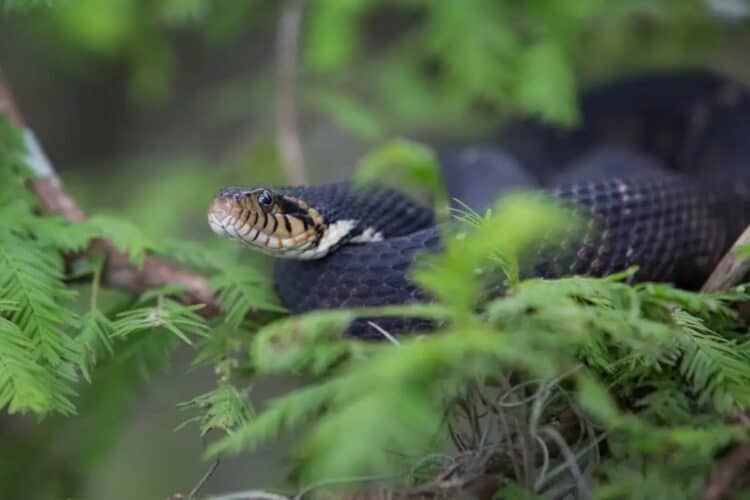The U.S. Fish and Wildlife Service (FWS) has banned the importation and interstate transportation of four nonnative constrictor snakes. Release of snakes into the wild is threatening birds and other animals in the Everglades and other sensitive ecosystems across the United States.

“In recent years, the release of nonnative snakes into sensitive bird habitats such as the Florida Everglades has reached epidemic proportions,” said George Fenwick, President of American Bird Conservancy (ABC), the nation’s leading bird conservation organization. “Unwitting individuals are buying these animals only to later realize they can’t keep a six-foot-long snake in their homes. They dump them in the wild, where they breed and feed on native birds and other wildlife.”
The final FWS rule – which incorporates public comments, economic analysis, and environmental assessment – lists the Burmese python, the yellow anaconda, and the northern and southern African pythons as injurious wildlife under the Lacey Act in order to restrict their spread in the wild in the United States. It is expected to be published in the Federal Register in coming days. Sixty days after publication, interstate transport and importation of live individuals, gametes, viable eggs, or hybrids of the four snakes into the United States will be prohibited.
The action is supported by wildlife conservation organizations, including ABC, which had sent a letter to FWS in April 2008 calling for the ban. “This was a decision that had to be made. Populations of long-lived and reproductively prolific invasive snake species, such as the Burmese python, represent an ecological and economic disaster that can quickly overtake even the most far-reaching eradication efforts to protect endangered and declining species,” Fenwick said.
Fenwick cited the widespread destructive impacts that resulted from introduction of the brown tree snake to Guam from its native range of New Guinea and Australia in the 1950s. Preying on eggs and birds alike, the brown tree snake has caused the extinction of nine of the eleven native land bird species on Guam. “Its predation of native birds has been so complete that the brown tree snake now survives by feeding almost exclusively on the island’s lizard species,” he said.
The Burmese python has established breeding populations in South Florida, including the Everglades, and caused significant damage to wildlife. It continues to pose a great risk to many native birds, including threatened and endangered species. Burmese pythons on North Key Largo have killed and eaten highly endangered Key Largo wood rats, and other pythons have preyed on endangered wood storks.
According to a recent study of the intestines of 56 captured Burmese pythons in or adjacent to Everglades National Park, 50 were found to have eaten multiple bird species, including White Ibis, Limpkins, King Rails, and Clapper Rails.
In the Everglades alone, state and federal agencies have spent millions of dollars addressing threats posed by pythons – an amount far less than is needed to combat their spread. If these species spread to other areas, state and federal agencies in these areas could be forced to spend more money for control and containment purposes.
Those who already own any of these four species of banned snakes will be allowed to keep them if allowed by state law. However, they will no longer be able to take, send, or sell them across state lines. Those who wish to export these species may do so from a designated port within their state only after acquiring appropriate permits from FWS.
FWS is also considering banning five other species of nonnative snakes that the agency also proposed in 2010 – the reticulated python, boa constrictor, DeSchauensee’s anaconda, green anaconda, and Beni anaconda.
This article was written by American Bird Conservancy (ABC), a 501(c) not-for-profit membership organization whose mission is to conserve native birds and their habitats throughout the Americas. ABC acts by safeguarding the rarest species, conserving and restoring habitats, and reducing threats, while building capacity in the bird conservation movement.






Leave a Reply